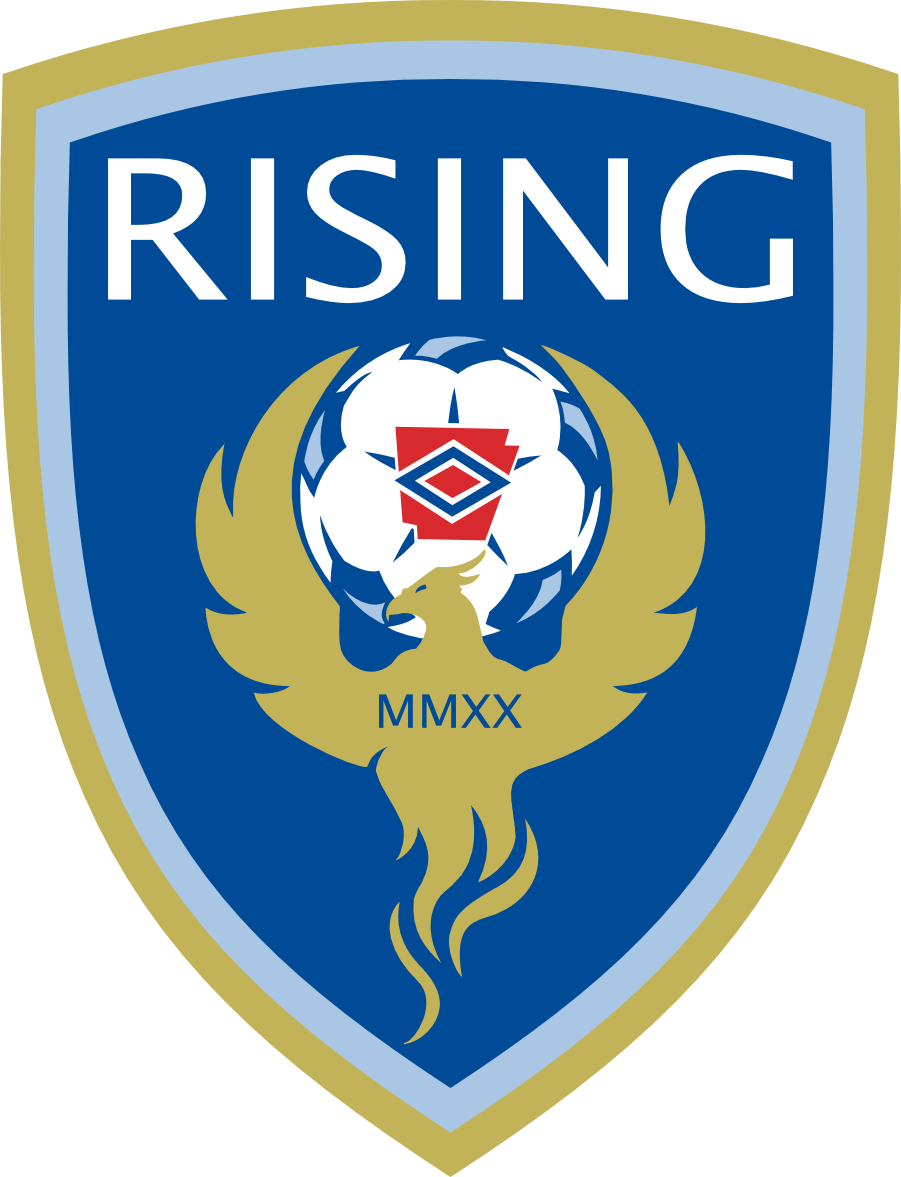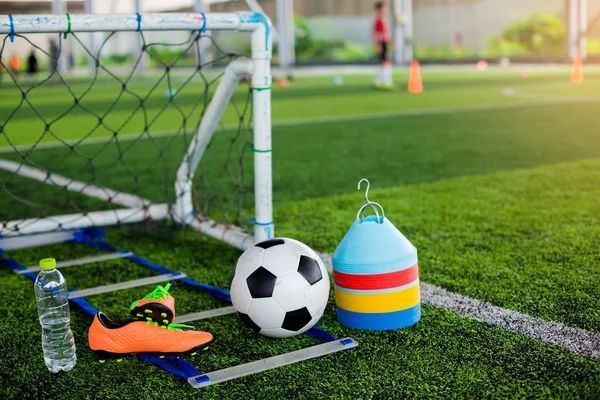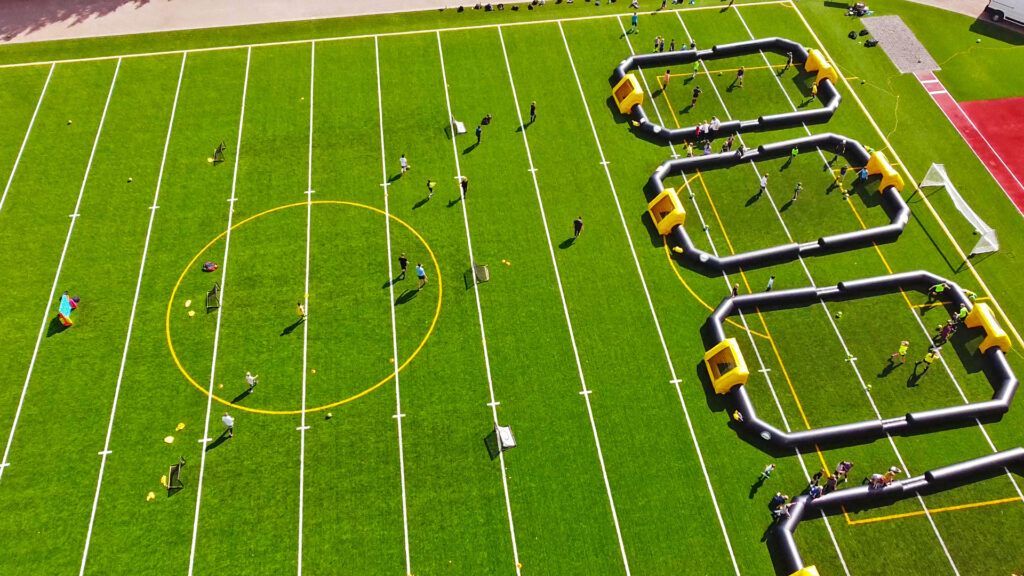The Impact of Birth Year Changes in U.S. Soccer
US Soccer Birth change
In 2016, U.S. Soccer implemented a major shift in player classification by transitioning from a school-year-based system (August-July) to a birth-year system (January-December). This change aimed to align American soccer with international standards set by FIFA, creating consistency in player development and national team selection. However, the shift had significant effects on youth soccer across the country.
One of the biggest challenges was team disruption. Many players were suddenly separated from long-time teammates and forced into new age groups, impacting team chemistry and development pathways. Coaches had to rethink their rosters and adjust training plans to accommodate the realignment. Additionally, the change reinforced the “relative age effect,” where players born earlier in the year often have a developmental advantage over their younger peers. While this issue already existed, the new system made it more pronounced by widening the age gap within each calendar-year group.
Despite the initial disruptions, the long-term goal of aligning with international standards has helped U.S. Soccer better integrate into the global game. The move also encouraged clubs and coaches to focus more on individual player development rather than relying on physical maturity advantages.
However, after much feedback from players, parents, and coaches, U.S. Soccer has decided to return to School-Year age groups starting in the 2026/2027 season. U.S. Soccer will be reverting back to a school-year-based age group system (September 1 – August 31), and this change aims to realign club soccer and school grade assignments. Many think it will be making it easier for players to stay with their classmates and reducing the disruptions caused by the 2016 switch to birth-year registration. While this adjustment brings back several benefits, it also presents obvious challenges for players, coaches, and clubs.
Breaking it down, here are some of the positive impacts:
1. More Cohesion Among Peers-Many players will now be able to stay with their school classmates, improving team chemistry and social connections.
2. Smoother Development Pathways-Players who were previously “aged up” due to the birth-year cutoff may now return to more balanced competition levels, allowing for more appropriate development opportunities.
3. Increased Player Retention-The 2016 change led to some players leaving the sport due to team disruptions. A return to school-year groupings may help retain more players, especially at younger ages where social dynamics matter.
Yet, many clubs will face the following potential challenges:
1. Team and Roster Adjustments- Clubs will need to reorganize rosters again, which may lead to players switching teams, coaches adjusting tactical plans, and some clubs restructuring their age-group programming.
2. Temporary Disruptions in Player Development- Some players may face another round of age group transitions, which could impact their progress depending on how clubs and coaches manage the shift.
Ultimately, this change should bring long-term stability to the youth soccer system in the U.S. by aligning it more naturally with school-aged progression. As we move into the next few months, we as a club are excited about the changes that will allow players to remain with their friends from the same grade all the way through their youth soccer career. Arkansas Rising believes this will be a big step in players keeping their passion for the game and continuing to play. While there will be team disruptions in the short term, we believe that the long term benefits will outweigh the short term disruptions. Please be patient with our club as we navigate these upcoming changes, and we are excited to better our players and families' experiences moving forward.
For more information on the changes and how they will impact your player, please reach out to the director of your program. For further reading and study on this topic, please click here to be directed to an article provided by the US Youth Soccer Organization.

Contact
Address
16603 Cantrell Road, Suite 4
Little Rock, Arkansas 72223
Office Hours:
10:00 AM - 3:00 PM
Monday-Thursday
Arkansas Rising Soccer Club formerly known as Little Rock Futbol Club has been a 501c3 nonprofit youth organization serving our community since 1980. Our principal mission is the promotion of youth soccer. We strive to instill a love for the game in each of our players and to provide an atmosphere where each player may participate and progress according to his or her interest and ability. We take great pride in developing our players as athletes, students and responsible young men and women. Our players form life-long friendships with their club mates, acquire leadership, teamwork and sportsmanship skills that ultimately prepare them for life beyond soccer.



